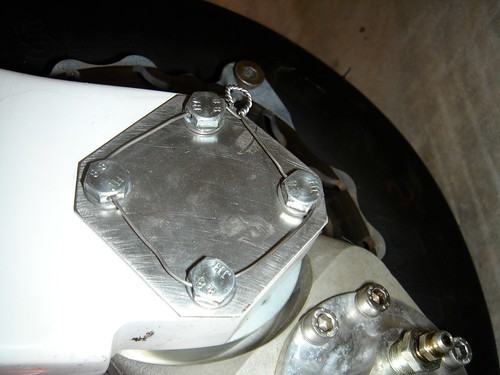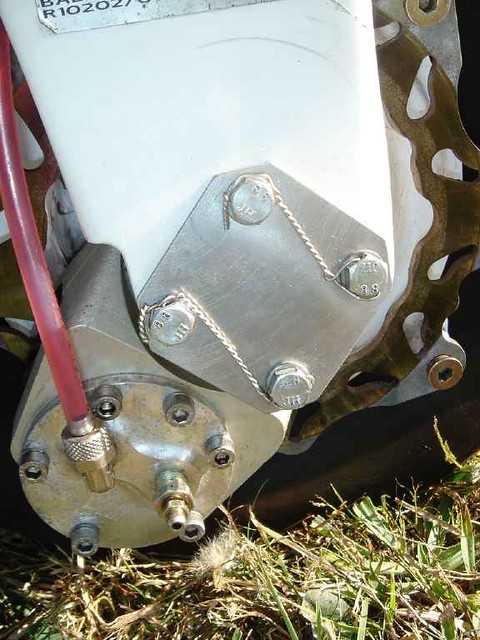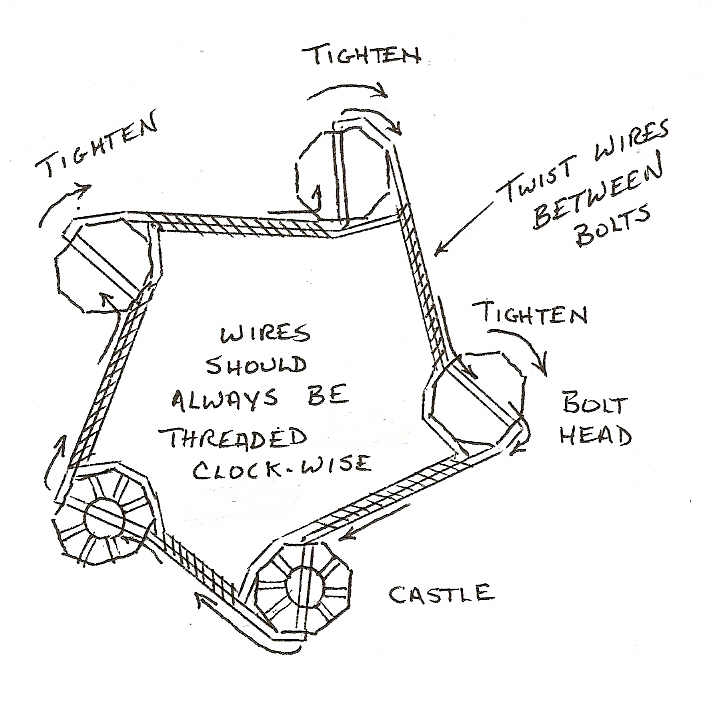fiveoboy01
Pattern Altitude
Just trying to teach myself.
The loop sometimes wants to ride up over the bolt head and I wish I could get it a bit more snug but it seems to always make itself a tad bit of slack by the time I finish. 032 is easier to get tight, 041 is a bear.
I stabbed my fingers many times lol.
The loop sometimes wants to ride up over the bolt head and I wish I could get it a bit more snug but it seems to always make itself a tad bit of slack by the time I finish. 032 is easier to get tight, 041 is a bear.
I stabbed my fingers many times lol.









